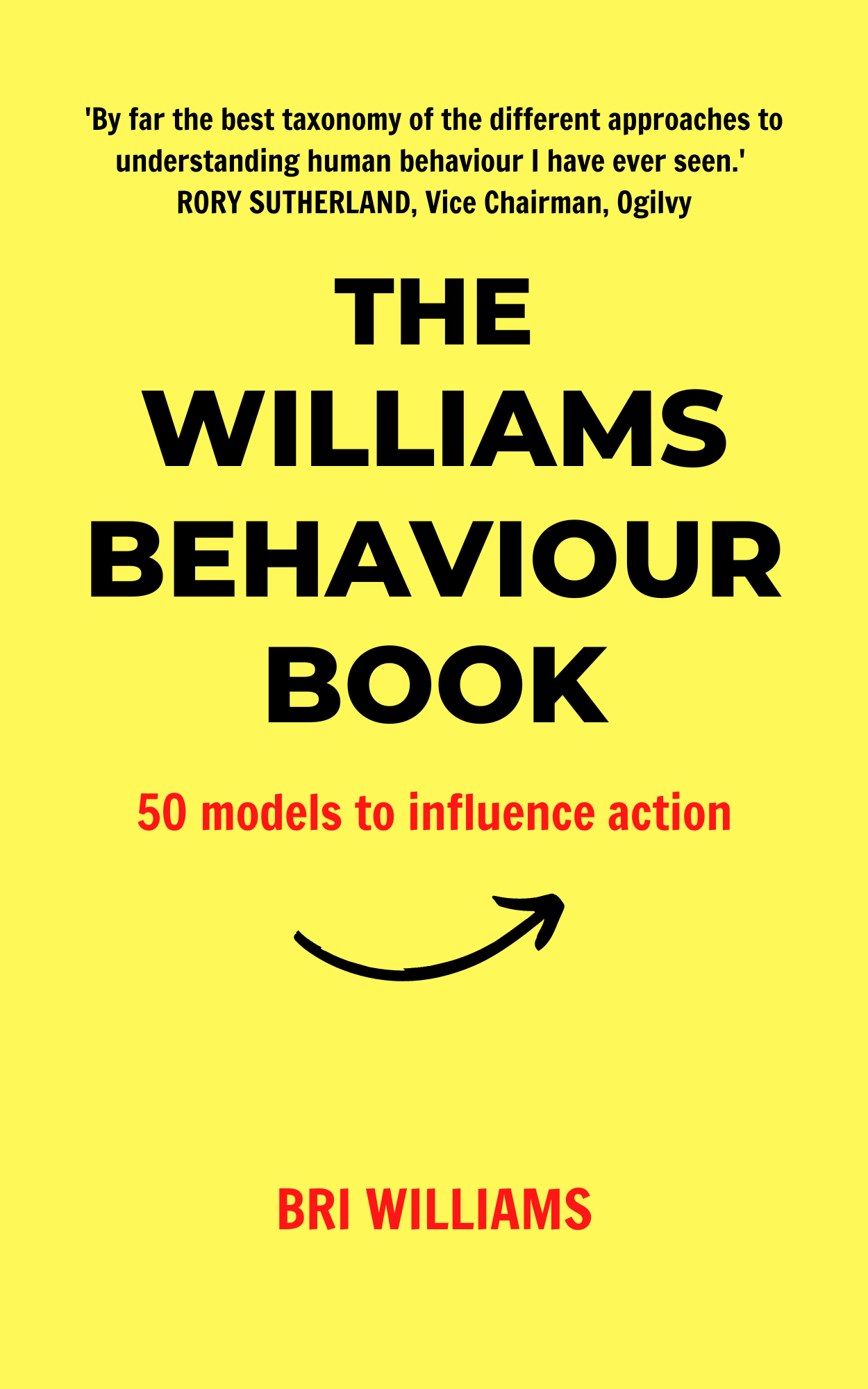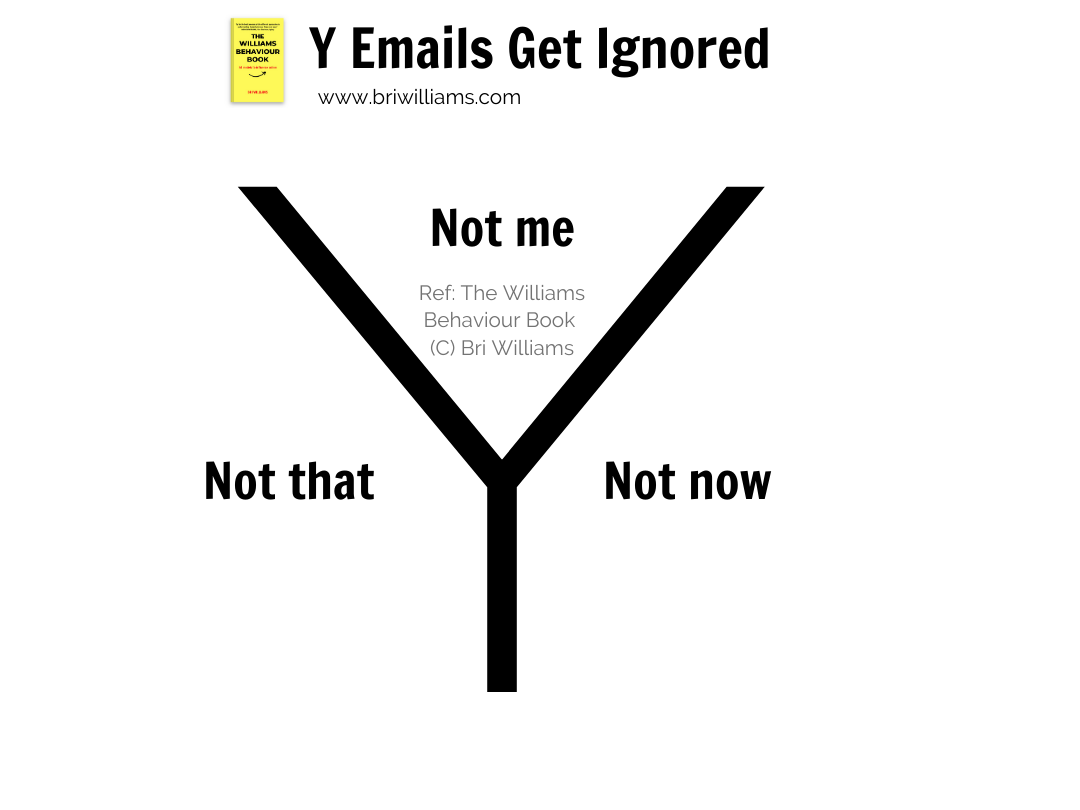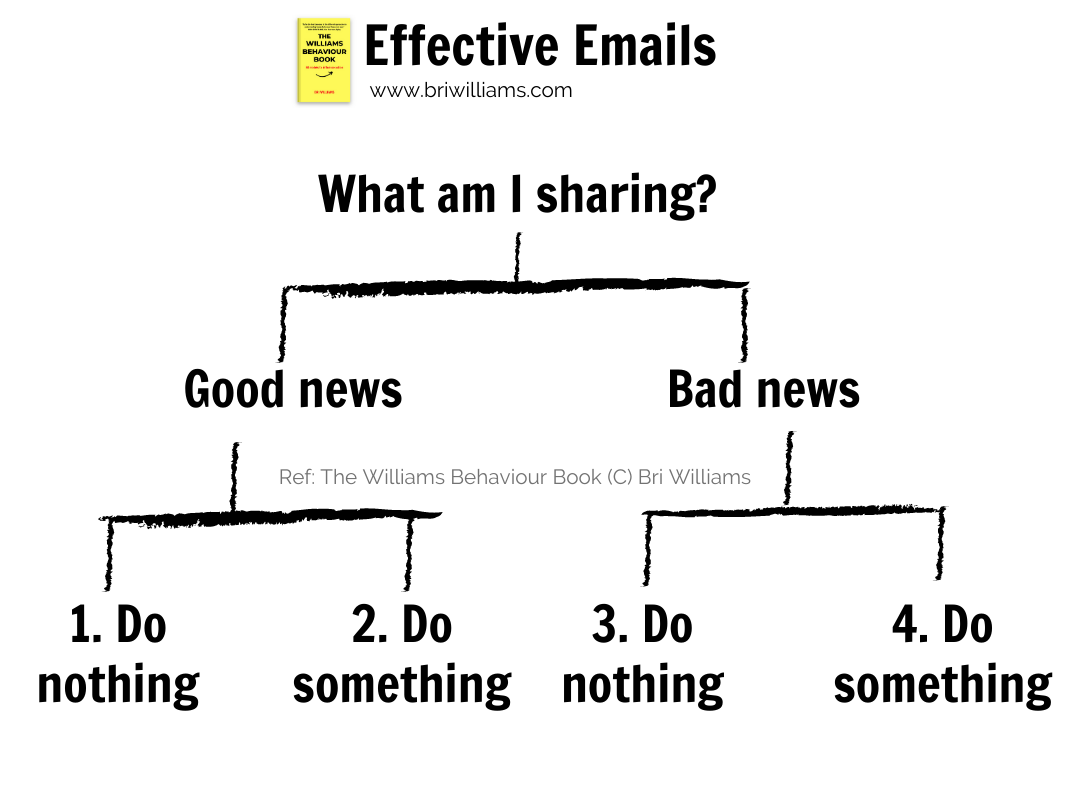
Source: Supplied.
We spend a disproportionate amount of time writing and receiving emails, and yet, employees regularly disregard messages from their bosses, even when they contain important information.
So what can you do about it?
In this edited extract from The Williams Behaviour Book, behavioural science expert and SmartCompany Plus contributor Bri Williams distills exactly why your staff is ignoring your emails and offers a step-by-step guide to writing emails that will get noticed.

Source: Supplied
Why staff ignore your emails

Source: The Williams Behaviour Book
This is about:
A communications paradox in business where staff complains that their bosses never tell them anything, while bosses believe that staff is being bombarded with information.
Which is important because:
We spend a disproportionate amount of time writing and receiving emails. Clearly it is a waste of everyone’s valuable time if important messages are ignored.
It works like this:
The reality, when staff tells you that they’re not feeling informed by your communications, is that it is usually a problem of perception.
You may be ‘informing’ them, but they don’t perceive it that way. A bit like Teflon, the message doesn’t stick. They ignore you because we have a relevance problem, and that’s a result of three communications mistakes:
- Not me: When your message doesn’t spell out why it’s relevant to that person. It may be relevant, but it doesn’t come across that way.
- Not now: Messages that are about the past or too far into the future are less likely to feel relevant, and less likely to be remembered. I care less if it’s not about now.
- Not that: Perhaps most irritating of all, a message that should be relevant but isn’t helpful at all. In fact, it may create more confusion and uncertainty than it seeks to address.
For example:
To address these three issues, you need to get into the headspace of the intended recipient and write from their point of view.
- Why? What’s the behavioural objective? What’s the behaviour we want to see? Do we want them to do something as a result, or do nothing?
- Who? Who is this for? Is it ‘do something’ for some people but ‘do nothing’ for others? Remember, we want to avoid a ‘Not Me’ reaction.
- How? How is it best communicated? This includes the channel, tone and who it comes from (the messenger).
- When? When will it land best with the audience you are trying to influence? Time of day? Time of week? Time of year? This is about avoiding a ‘Not Now’ response.
- What? What’s the substance of your message? How will you pull it together to make sure it is relevant, engaging, and meaningful? This is to avoid ‘Not that’.
How to write emails that work

Source: The Williams Behaviour Book
This is about:
Writing emails that get the response you want.
Which is important because:
We waste time writing emails that get ignored, or worse, provoke a negative reaction.
It works like this:
First, ask is the news you are sharing with your customer good news or bad news for them.
If it is good news, the tone can be upbeat and positive. If it is bad news, you’ll need to tread more carefully.
Then ask, what do you want them to do as a result of reading your email? Do you want them to do something (action required) or do nothing (no action required)?
If you don’t need (or want) them to do anything, tell them that so they feel reassured. This closes the communication loop so they are not left wondering what to do next.
If you want them to do something, the ‘why’ of doing so must be clear along with the ‘how’ to do it.
For example:
Good news, do nothing
You’re holding their price at last year’s levels rather than increasing it. Build goodwill by telling them why you’ve decided to do this (e.g., we’ve decided to absorb…), and reassure them their service will remain unchanged.
Good news, do something
You’re giving them access to a bonus product but they’ll need to click the button to claim it. Frame it as a customer benefit so they understand why they are receiving this benefit (e.g., to thank you, to celebrate…) and make the call-to-action (CTA) as simple as possible to use. Let them know why they won’t want to miss out on this special offer.
Bad news, do nothing
You’re increasing their price and will amend the amount billed automatically. Start by briefly contextualising the reason for the price adjustment before assuring them you’ll take care of the change — there is nothing they need to do. While your objective is to minimise the chances of a negative reaction and customer complaints, you should provide an avenue for them to contact you if they need to.
Bad news, do something
You’re discontinuing the product they are using and need them to switch to an alternative. Explain the reason for the change before moving to what they need to do. Ideally you would provide a recommendation (e.g., based on x we suggest y) and explain what happens if they don’t take action (i.e. if we don’t hear from you, we’ll move you across to z).
This is an edited extract from The Williams Behaviour Book by Bri Williams.


COMMENTS
SmartCompany is committed to hosting lively discussions. Help us keep the conversation useful, interesting and welcoming. We aim to publish comments quickly in the interest of promoting robust conversation, but we’re a small team and we deploy filters to protect against legal risk. Occasionally your comment may be held up while it is being reviewed, but we’re working as fast as we can to keep the conversation rolling.
The SmartCompany comment section is members-only content. Please subscribe to leave a comment.
The SmartCompany comment section is members-only content. Please login to leave a comment.